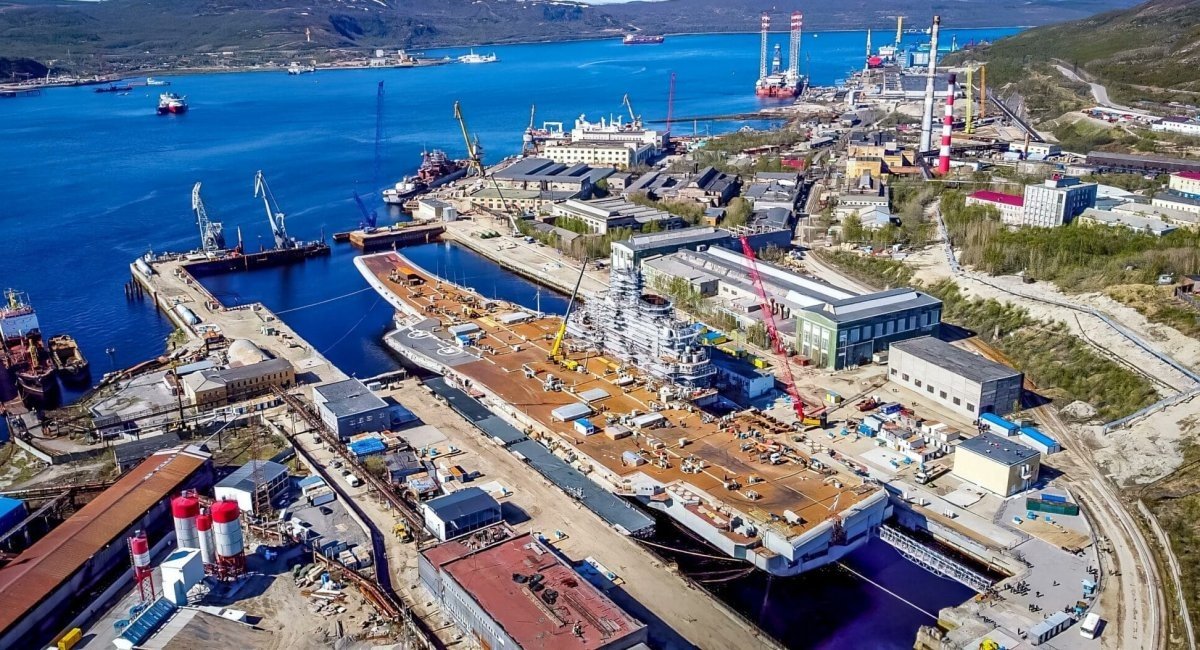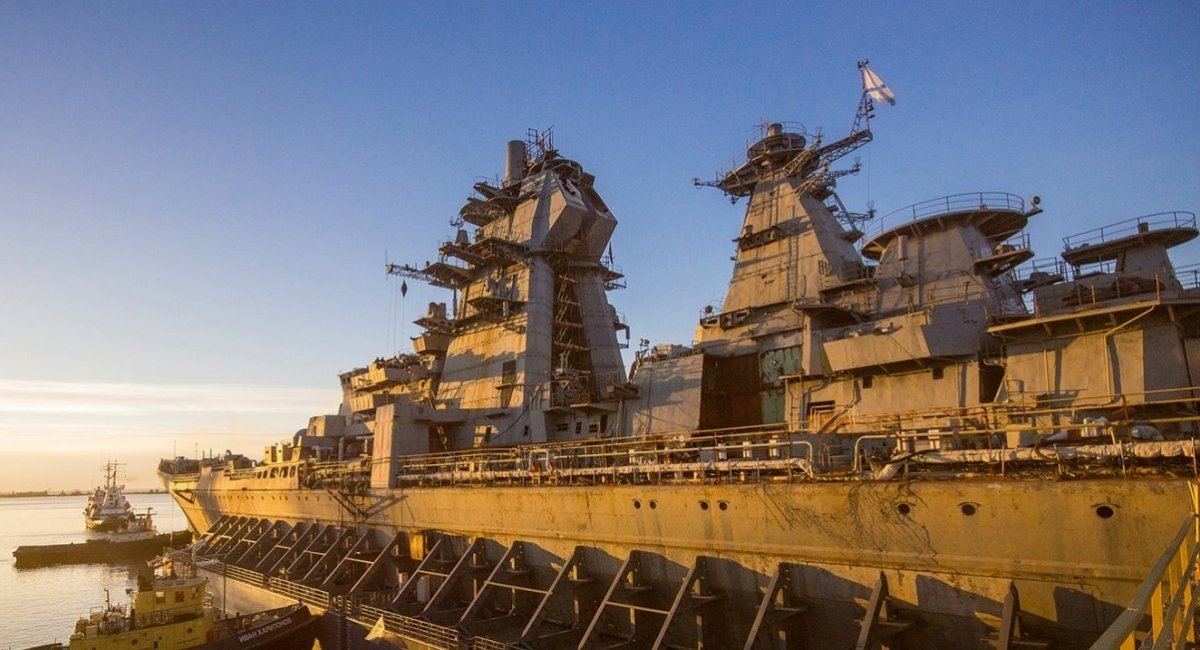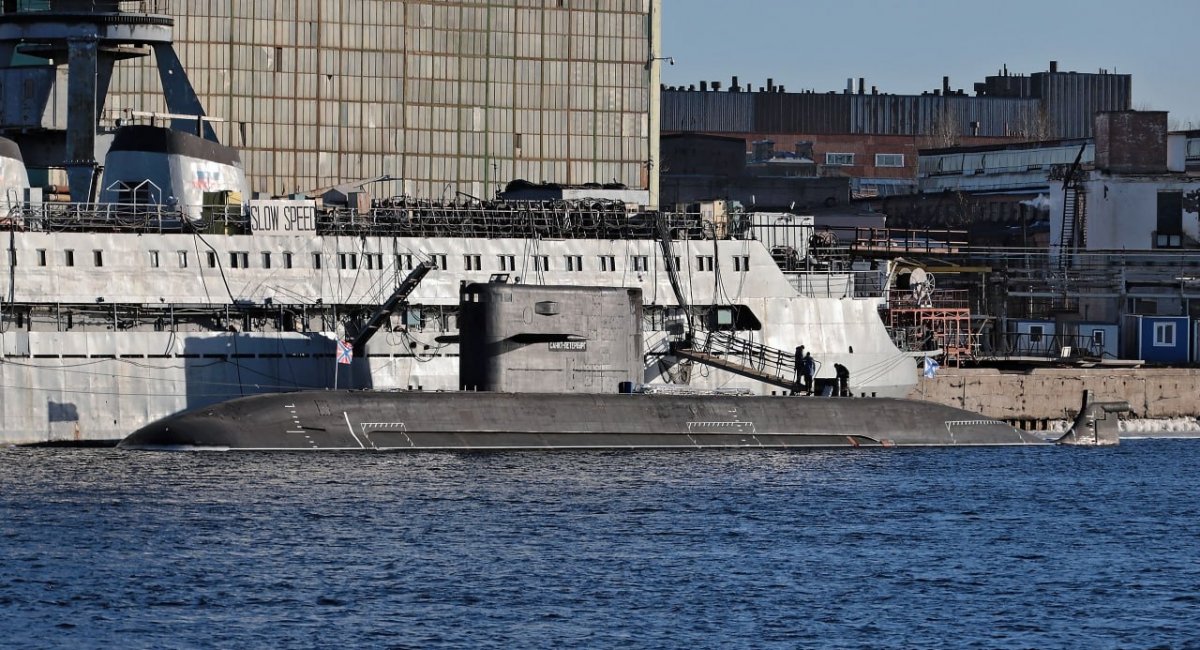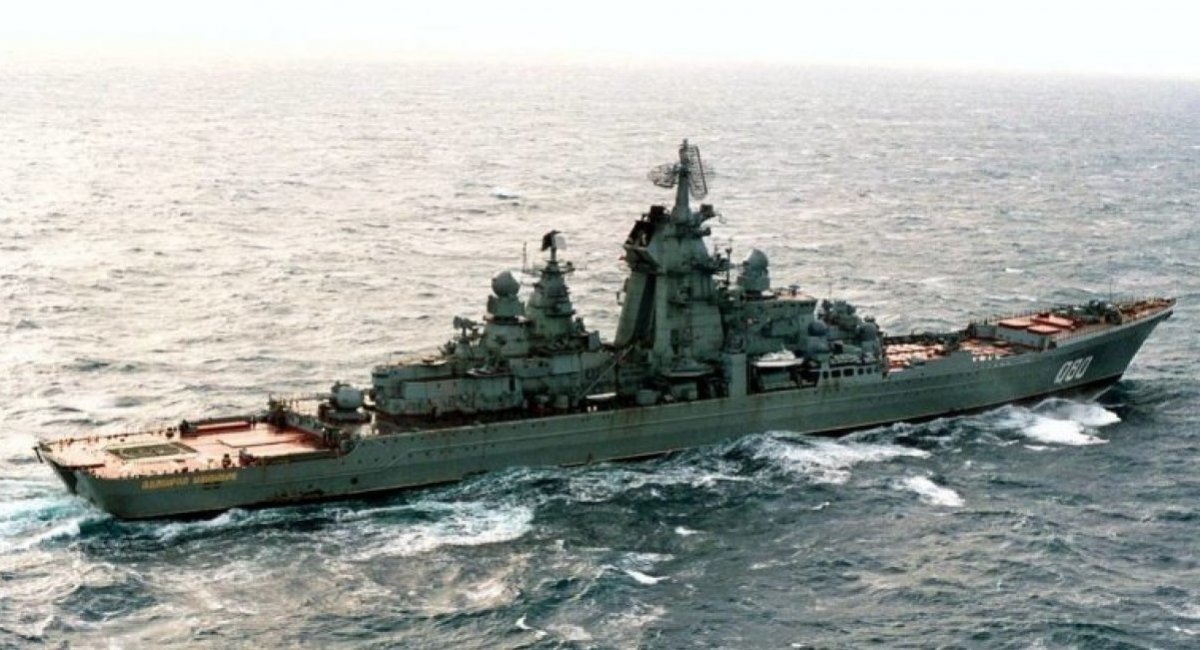Previously, Defense Express discussed why the russian nuclear cruiser Admiral Nakhimov cannot escape perpetual repairs despite $5 billion invested in its restoration. Still, this case is but a piece of a larger puzzle of russia's systematic problems with naval fleet modernization. The issues had piled up for the past 15 years and have become especially evident after russia launched its full-scale offensive on Ukraine in 2022.
"The invasion of Ukraine has heated the russian economy and created new political and financial challenges for the Kremlin. This is felt on the battlefield, and is also visible in the navy’s reconstruction," notes H I Sutton, a naval warfare analyst, in his article for Naval News.
Read more: Despite $5 Billion Investments, russian Admiral Nakhimov Nuclear Cruiser Still Cannot Escape Perpetual Repairs

H I Sutton points out two major modernization projects which have obscure practicality but keep draining russian resources. One is the mentioned Admiral Nakhimov restoration dragging since 1997, and the other is the repair of Admiral Kuznetsov aircraft carrier that continues despite russia having already pulled off some 1,500 sailors of the ship's crew and reassigned them into mechanized divisions.
"The sunk cost of these modernizations appear now to be a question of national pride more than increasing naval capabilities," H I Sutton concludes.
There's also one interesting detail about the Nakhimov cruiser: in traditional USSR style, in order to showcase at least some sort of progress, the russian military command has planned to take the ship out for its first sailing in 25 years. However, it will sail without its nuclear reactors running. Even if the trial ends out successful, it won't mean the vessel is ready to go into the open sea.

Besides the two projects mentioned above, russia also struggles to meet the deadlines for the construction and commissioning of corvettes equipped to carry and launch Kalibr missile cruise missiles. Similar problems haunt the construction of Project 677 Lada submarines, supposed to replace Soviet Project 877 Varshavyanka submarines.
In conclusion, the analyst notes that despite the war in Ukraine eating out on Kremlin's resources, the latter still holds on to symbolic projects that have long lost their practical value, and while the russian fleet overall (especially its high-end submarines) remains a significant threat to NATO, the damage to Moscow's naval plans already "runs too deep" to be fixed even if the war ended this instant.

Read more: The UK Defense Intelligence Analyzes How Ukraine Crippled russia’s Maritime Dominance after 1000 Days of War














